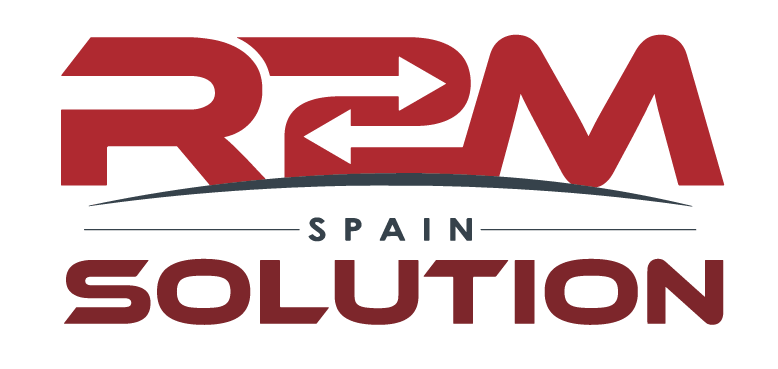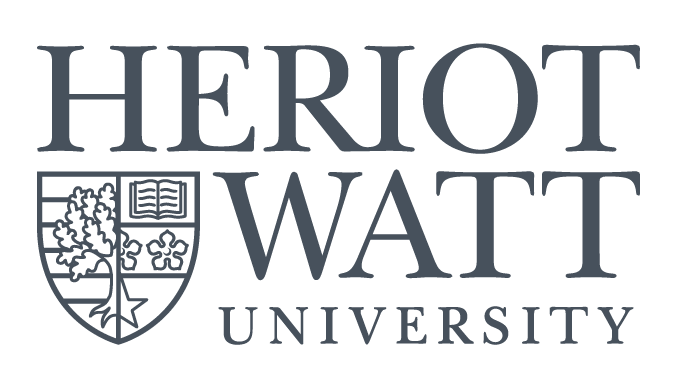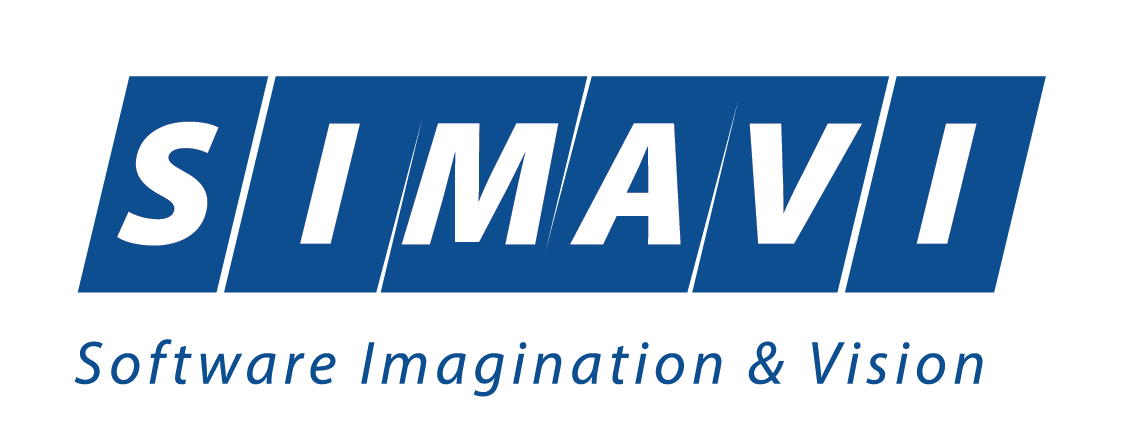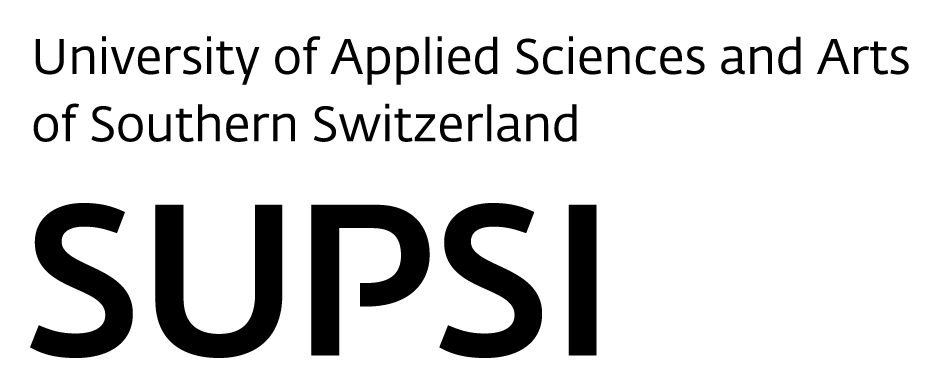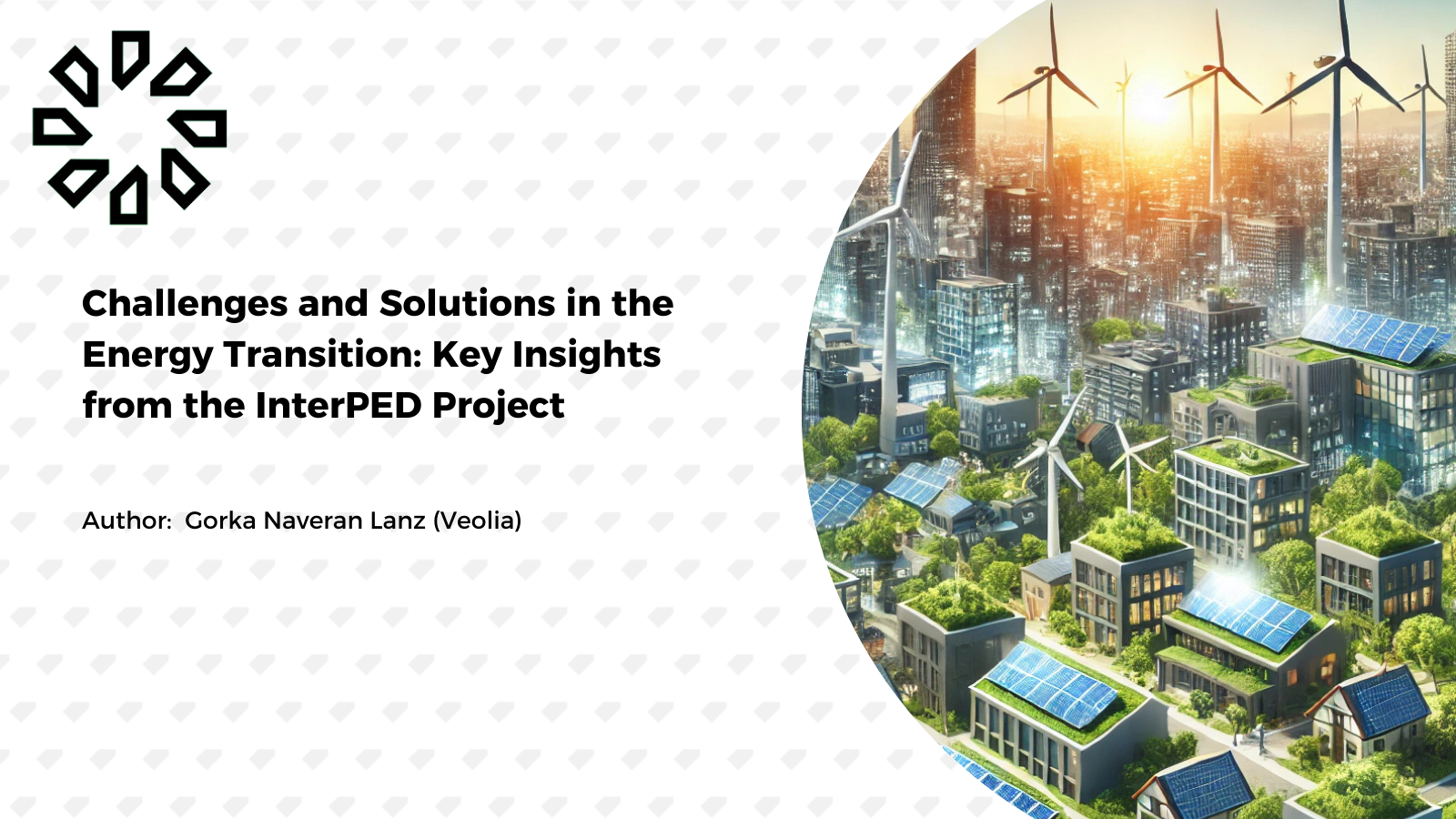The energy transition is a complex process that faces numerous challenges, especially in urban environments where infrastructures are already established and cannot be rebuilt from scratch. The InterPED project, along with specialized companies like Veolia, offers innovative solutions to overcome these challenges and facilitate the shift towards a sustainable energy model.

Key Challenges in the Energy Transition
- Existing Urban Infrastructure
Current urban planning is not designed to maximize the use of renewable energy. For example, cities do not have enough roof space to install solar panels that can meet the full energy demand of buildings. Additionally, infrastructures such as biomass supply in urban environments present significant logistical barriers. - Dependence on Fossil Fuels
Existing installations were designed with the assumption of using fossil fuels, which allowed for instantaneous and high-temperature energy generation. In contrast, renewable energy sources require different management strategies since their production is neither as flexible nor as predictable. - Resistance to Change
Both end-users and project managers tend to distrust innovative technologies, making it difficult to implement sustainable solutions on a large scale. - Economic Barriers
Although many solutions offer a reasonable return on investment, the need for external financing can hinder projects, especially in the public sector and in communities with limited resources.
Innovative Solutions for a Successful Energy Transition
Through the InterPED project and with the support of companies like Veolia, strategies have been developed to address these challenges through various action areas:
- Installation Upgrades
- Modernizing energy systems allows for a gradual shift towards renewable sources. For instance, replacing conventional gas boilers with biomass systems is a direct step, although it requires adapting spaces for fuel storage and supply management.
- Technologies like heat pumps require additional adjustments to control systems, as they operate at different temperatures and with a more constant response compared to fossil fuels.
- Energy Storage
- Electrical batteries facilitate the integration of renewable energy sources, ensuring a stable power supply.
- Alternatives such as geothermal energy or phase-change materials also help improve energy efficiency and demand management.
- Smart Control Systems
- Implementing predictive systems optimizes the use of renewable energy. For example, if a system can forecast a building’s heat loss overnight, it could adjust the use of biomass or geothermal energy instead of relying on natural gas.
- Automation and data analytics help reduce demand peaks and improve operational efficiency.
- User Awareness and Education
- The energy transition involves a shift in how energy is consumed. It requires better planning of resource use, moving away from reactive consumption towards conscious energy use.
- Training and awareness programs can help overcome resistance to change and facilitate the adoption of new technologies.
Veolia’s Approach to the Energy Transition
Veolia plays a key role in providing comprehensive solutions for the energy transition:
- Turnkey services: The company manages the design, implementation, operation, and maintenance of renewable energy systems, freeing end-users from technical management.
- Financing and performance guarantees: Veolia can finance projects and guarantee their performance for an agreed period with the client.
- Optimization of energy efficiency: Through digitalization and real-time monitoring, Veolia optimizes energy consumption and reduces the carbon footprint.
The energy transition is a challenging but achievable process. Through the modernization of installations, the implementation of storage and smart control systems, and user education, it is possible to move towards a more sustainable model. Initiatives like InterPED and companies like Veolia are leading this change by offering solutions that facilitate the adoption of renewable energy and improve the efficiency of energy resource use.
Blog signed: Gorka Naveran Lanz (Veolia)


